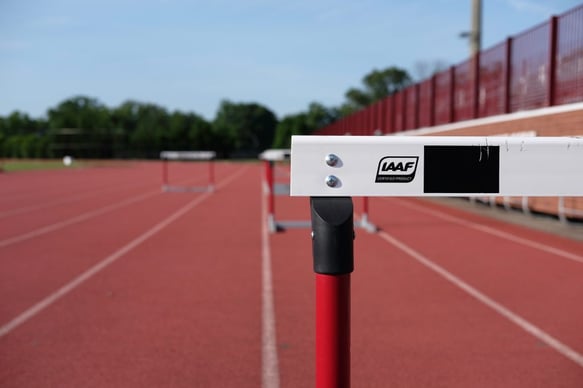Published on
Identifying the Hurdles in Credit for Prior Learning

Time and money—for most of us there never seems to be enough of either. For those who want to attend college as an adult, this probably feels even more true. How does a parent negotiate the dilemma of choosing between helping their child with homework and spending time doing their own? How does one make the difficult decision to take time off work and figuring out rent, bills and childcare to spend more money on school?
At Missouri Southern State University, we knew adult learners needed accessible, accelerated, flexible and affordable degree and certificate programs to help offset some of these constraints. That’s why we started the Adult Degree Completion program, aligning the university’s resources—practices, policies and procedures—to provide courses and credit for prior learning (CPL) for in-demand degrees and certificates. Adult learners therefore acquire the credentials and competencies they need for career advancement. The first step in this process involved offering eight-week online courses for programs that students could stop and start as needed. The second step involved creating a CPL or Prior Learning Assessment (PLA) program that would help students leverage their work and life experiences for college credit. We rewrote our academic policies to allow for more alternative credits that could be applied to degrees and certificates via standardized exams (e.g., CLEP and DSST), industry credentials (e.g., real estate and insurance licenses) and portfolio assessment (i.e., by demonstrating learning in the workplace, volunteering or at other venues outside the university).
As a public university in the state of Missouri committed to educating and graduating knowledgeable, responsible and successful global citizens, we are obligated to expand these options in compliance with our accreditors, the Higher Learning Commission (HLC) and the Missouri Department of Higher Education and Workforce Development (MDHEWD). And we are additionally committed to adhering to best practices established by organizations like the Council for Adult and Experiential Learning (CAEL). So, to get this program up and running, we identified curricula at our institution that the state had already approved, particularly our eight-week online summer courses, and many of which fulfill general education requirements. Using these courses as a starting point, we are developing a schedule to offer them throughout the academic year. We are also relying on our on-campus testing center, which offers many of the standardized exams we accept for credit. Similarly, we are working with deans, department chairs and faculty to determine how to evaluate industry training and licensing outside higher education for college credit. Part of this means reimagining our portfolio process to allow students to earn upper-division credit hours while completing the portfolio itself.
More than these opportunities, we wanted to ensure our program was truly centered on the adult learner. We put together a team of faculty and staff, then enrolled adult learners into a workshop hosted by our state’s newly formed Adult Learner Network, where we created a student journey map for adult learners at our university. This exercise forced us to consider the experience an adult learner would have not only in our classrooms but in any interaction they might have with our institution: recruitment, applying, submitting transcripts, getting IT credentials, completing a FAFSA, selecting a financial aid package, selecting a payment plan, attending an advising appointment, enrolling, getting textbooks, acquiring a computer, etc. This deep dive taught us that adult learners could spend a great deal of time, money and effort on education before ever even attending a class. And we were able to identify hurdles, snags and bottlenecks that might deter adult learners from attending our university. As a result, we are trying to streamline processes, like by offering a separate application for Adult Degree Completion programs. This exercise also reinforced the decision to hire a staff member focused on assisting, guiding and mentoring adult learners through what could be a laborious if not disparaging process.
Due to the resources needed, the commitment to begin this program was certainly a major decision for our university. But ultimately, our board of governors and university leadership, including the president and provost, believed serving adult learners was not just part of our mission but central to it. As more and more adult learners make up the general student population across higher education, it seemed imperative to pay as close attention to them as we do to recent high school graduates. Doing so not only dovetails with our commitment to diversity, equity and inclusion, providing us with an opportunity to serve a broader and more diverse population but with new opportunities to expand our ties to the community by forging real partnerships with employers interested in educational opportunities for their employees. Moreover, we believe the changes being made to our university’s practices, policies and procedures through our Adult Degree Completion program will ultimately benefit all our students, helping them save time and money on the path to achieving their educational goals.
Author Perspective: Administrator



